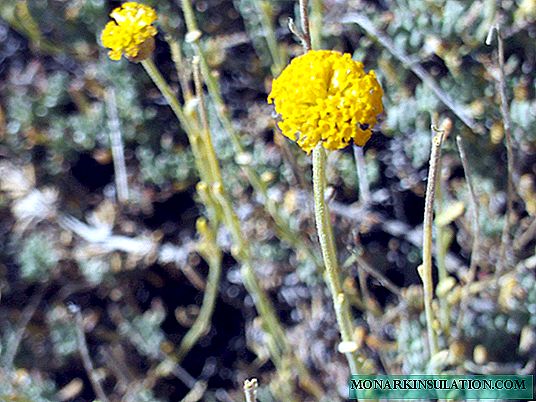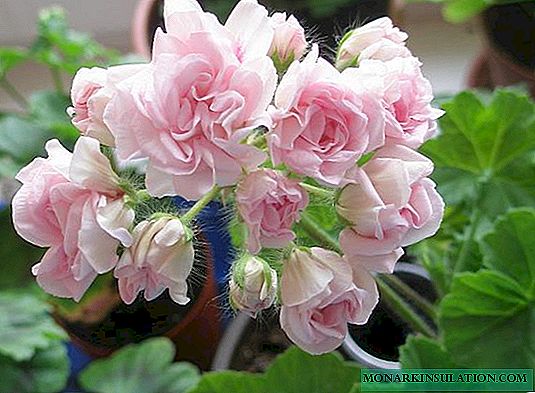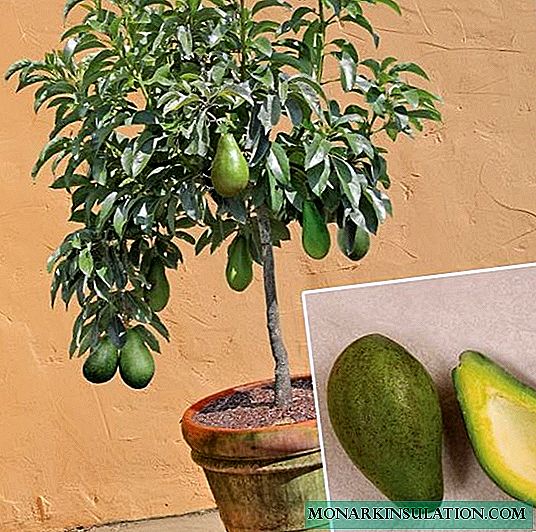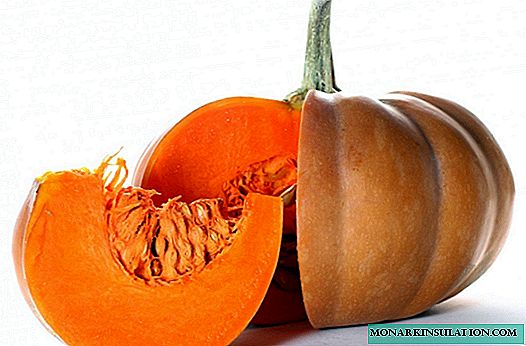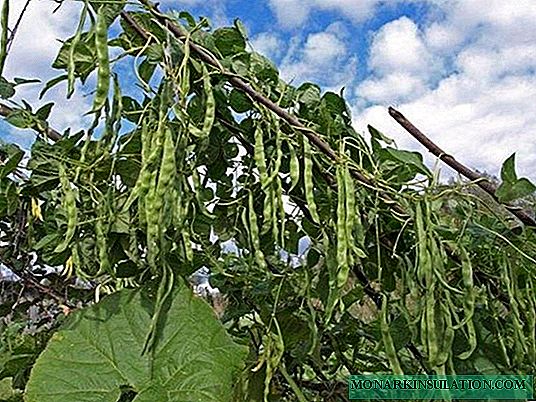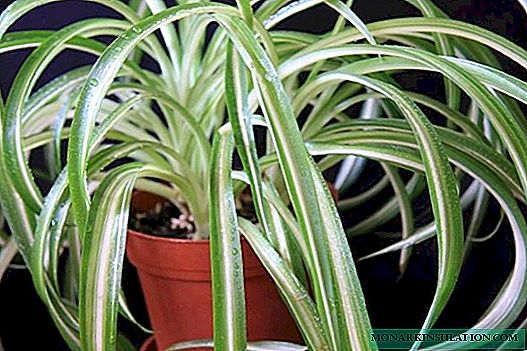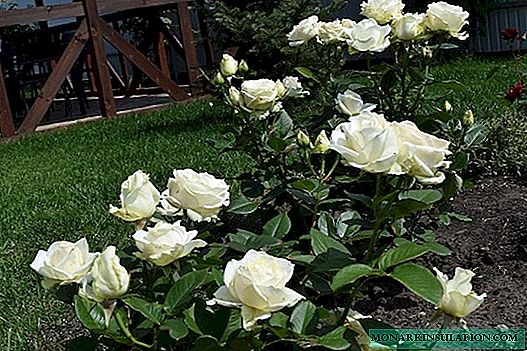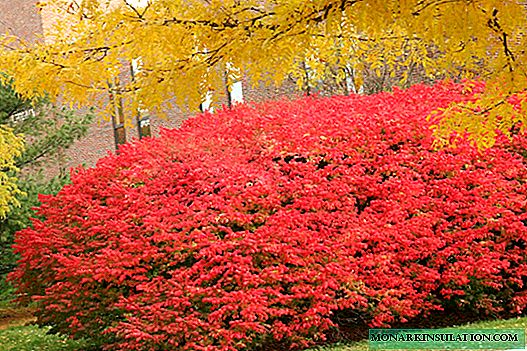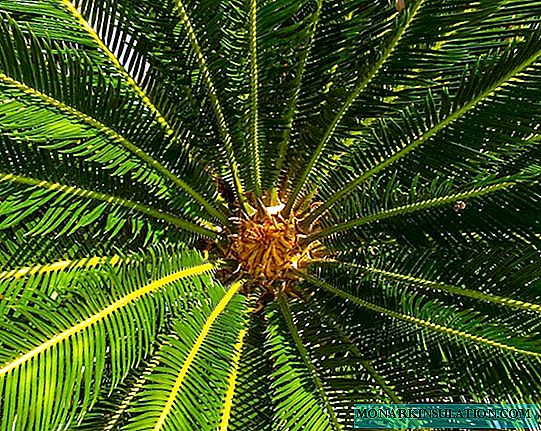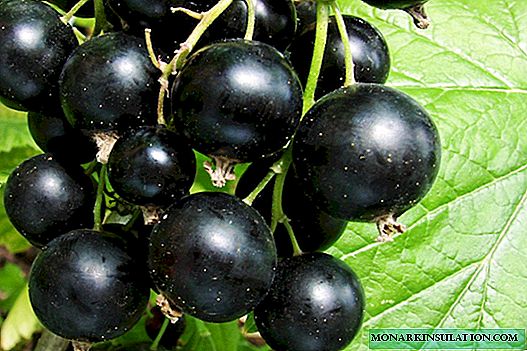
The beauty of the berries, a pleasant peculiar taste, a high yield, unpretentiousness during cultivation - all this, of course, is in blackcurrant, but not to a greater extent than raspberries or garden strawberries. But the composition of blackcurrant makes you give it a well-deserved place and call it a "pantry of vitamins."
Currant Black pearl: variety description, photo
At present, 185 currant varieties, both old and selected in recent years, of different ripening dates, and various consumer qualities, are officially included in the State Register. Consider what place among them is the Black Pearl variety.

Currant Black Pearl
Bright summer is in full swing
(Grass, mowing, stacks)
Gives this currant
Black pearls.
Author A. Vdovicheva
Origin
This variety is bred at VNIIS them. I.V. Michurin breeders K.D. Sergeeva and T.V. Zvyagina. For the initial varieties were selected:
- Minai Shmyrev - an early variety for its resistance to kidney mites, very high self-fertility
- Bredthorpe (Karelian) - medium-late variety for its resistance to powdery mildew
The new variety was mid-season, fully inherited resistance to the kidney mite, but it did not inherit resistance to powdery mildew. Probably, for this reason, the variety is not zoned in the northern regions most prone to powdery mildew.
In 1992, the variety was included in the State Register of varieties approved for use by region:
- Central Black Earth
- North Caucasian,
- Middle Volga
- Ural
- West Siberian,
- East Siberian
Description
Black pearl contains all the substances characteristic of black currant.
Table: chemical composition
| Essential elements | His appointment | In currant average | Content in grade Black Pearl |
| Vitamin C | A vital vitamin for the functioning of the body. | 80-300 mg% | 133.3 mg% - average |
| Sahara | 6,7-16,8% | 9.3% - average | |
| P-active substances bioflavonoids | Strengthen the capillaries increase the absorption of vitamin C. | 780 - 1780 mg / 100 | 1226 mg / 100 - high |
| Organic acids (titratable acidity) | 2,5-4,0% | 3.6% high | |
| Pectins | An important property of pectins is their ability absorb bacterial toxins, heavy metal ions, including radionuclides, they have the ability remove cholesterol from the body, in cooking, these substances provide gelling of the product. | 0,5-1,6% | 1.6% - very high |
In addition, it contains B, A vitamins (carotene), microelements (phosphorus, potassium, magnesium, iron and others), tannins.
Fresh berries have high taste and are most useful for consumption. But in processed form (dried and frozen berries, preserves, jellies, juices, and so on) they retain most of the useful elements, as they contain enzymes that prevent the destruction of vitamin C. Currant leaves are characterized by a high content of P-active substances, tens of times exceeding their content in berries.
In medicine, both berries and leaves are used. Used in the treatment of vitamin deficiency, anemia, rheumatism, gout, normalization of metabolic processes, to prevent atherosclerosis. With a strong cough, they drink juice with honey. In pediatrics, an infusion of leaves for baths is used for rickets and atopic dermatitis.
Salted and canned tomatoes, cucumbers, mushrooms, leaves of this plant give a peculiar rich taste and aroma. The substances contained in them protect the preserved product from spoilage.
Table: grade characterization
| Title | Characteristic | Comment 1 | Comment 2 |
| Bush | By "currant" standards of average height (1-1.3 m), sprawling. Flexible green shoots, strong yellowish lignified branches. The foliage is not thickened, the corners of the leaves always look down. The plant forms brushes with 5-8 flowers (fruits) with strong petioles. Fruiting is regular. 12-15 years can be grown in one place. | There is not much foliage, which improves lighting and aeration. | |
| Berries |
|
| There are more sweet varieties. |
| Ripening period | The variety is mid-season, blooms in May, berries ripen in mid-July, | ||
| Productivity | Good, stable, the variety is self-fertile and early-growing - it comes into bearing for 2-3 years, the maximum yield for 5-6 years, up to 3 kg / s of bush | The self-fertility of the variety makes it independent of the presence of bees during the flowering period. | There are more productive varieties |
| Winter hardiness | High, the bushes do not freeze at temperatures up to -35 degrees | ||
| Disease resistance | The variety is resistant to anthracnose, a kidney tick, and, as a result, to terry, which is transmitted by a tick. May suffer from powdery mildew. | There are varieties resistant to powdery mildew. |
Photo Gallery: About Black Pearl and Black Pearl

- Here you are, black pearl
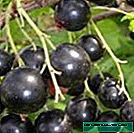
- And this is currant, black pearl
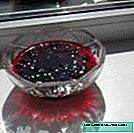
- Only from dense sweet and sour, pectin-rich berries will we get such jam - jelly
About some other varieties
It would be wrong to consider only the Black Pearl. Consider some varieties of black currant, zoned at least for some of the regions from the list of Black Pearls, which have interesting properties.
Table: some interesting varieties
| Title | Term ripening | Region | Flavoring | Powdery Mildew Resistance |
| Belorussian sweet | mid-season | The same, except West Siberian | The berries are large (1.1-1.6), sweet and sour vitamin C 200-300, a lot of pectin | steady |
| Selechenskaya | early ripening | same except North Caucasian, Ural | The berries are very large (1.7-3.3), sweet, yield up to 5 kg 4.7-5 points | steady but can tick |
| Green haze | mid-season | The same, Besides Middle Volga | Berries are large (1.2-2.5), sweet | steady |
| Minx | very early | Central Black Earth | Large sweet and sour berries 1,5 4.8 points | quite stable |
| Lazy person | late | Middle Volga, Ural | Large berry (2.5-3), sweet, 4,5-5 points | steady |
Video: about some varieties of currant
Agriculture Black Pearl
For any currant, a well-lit area, with good aeration, sufficiently moistened, but without stagnation of water, is suitable. If the groundwater is close, high ridges are prepared for planting. A well-prepared soil is soil that has been cleared of weeds, produced if the acidity is high, and well-fertilized when digging or planting. Fertilizer rates are determined by the state of soils in a particular region. The most important points for currants are the proper planting and the correct formation of the bush. All this is true for the Black Pearl with some features.
Planting and reproduction
A seedling from a nursery with developed roots, without damage, having at least two shoots 25-35 cm long, growing from the base, with several live buds - this is what you need. Before planting, it is best to keep the seedling wrapped in a damp cloth.

Great seedling
Under the sapling, you need a pit 40 * 50 * 50 in size, humus or compost, mineral fertilizers are added to it, if they were not brought under digging, or fertile soil, you can add sand. Mixing and moistening everything, they put the seedling obliquely, spreading the roots, cover it with earth, slightly shaking the seedling so that there are no voids near the roots, compact the soil, water it (about 1 bucket), make a hole. The root neck should be 6-8 cm below the soil level. With this deepening, new roots quickly form and more shoots from the kidneys of the deepened part appear. They fall asleep with a layer of peat or humus, or grass, or at least dry earth in order to avoid the formation of a crust. The optimum air temperature for planting is a temperature of 8-10 degrees from the end of September to mid-October. To protect against freezing, before frost, the bush is covered with soil by 10-15 cm and mulched again. Thus, the planted plant will have time to take root and will begin to actively develop in early spring.

Properly planted bush
Black pearl bushes are planted at a distance of at least 1.5 meters from each other, since the plant is spreading, they are not planted in the shade of tall plants, because the bush is not very tall.
Black Pearl Bush Formation
Proper bush formation is the key to a future crop, both quantitative and qualitative, and long productive life of currants. It is the removal of unnecessary branches and shoots and the redirection of nutrients to promising parts of the plant
- After planting the plants, cut off all the shoots, leaving no more than 2-4 buds to stimulate the development of side shoots. Over the next 2-3 years, extra annual root shoots are cut out at the base of the bush.

Initial formation
- Formative pruning is completed for 4-5 years.

Continued formation
- In the fruiting bush should be branches of different ages. Zero denotes the annual root shoots of zero order. The numbers correspond to the age of the branch. The dashes mark the cut branches.
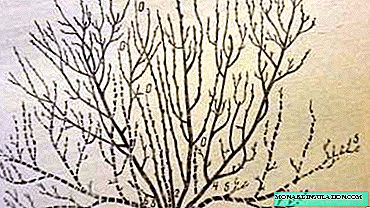
Properly shaped bush
Subsequently, diseased, broken and diseased branches are removed. An old well-bearing branch is left for another year, young, but not giving a good growth, the branch is cut.
Other care
Leaving consists of watering, if the soil is not wet enough, carefully loosening it to a depth of 6-8 cm, since the roots of the currant are located close to the surface, mulching, inspecting the bushes, removing damaged shoots, removing old poorly bearing branches, preventing diseases, feeding. Necessity and frequency are determined by climatic and soil features of a particular region.
Powdery Mildew
Due to the fact that there is insufficient resistance of the variety to powdery mildew, we consider this disease in more detail. Powdery mildew is a fungal disease that affects mostly young plants. Green shoots, leaves, fruit twigs and stalks suffer, they are covered with a white coating, which then turns brown. Shoots become crooked, leaves fall, the plant may die.
Of the non-chemical methods of control, the following is interesting, which allows to completely suppress the disease:
Before budding, prepare an infusion of one part of mullein or hay dust and three parts of water. Three days later, the infusion is diluted with water twice, filtered. Spray the bushes. Repeat the preparation of the infusion and spraying after 2 weeks, then again in mid-June.
Reviews
Inquisitive, Plant Black Pearls. It does not crumble, there is a large, currant aroma, tasty. The sores on it were not noticed, we really liked the variety.
Kalista
//forum.prihoz.ru/viewtopic.php?t=263&start=450
I have a variety of Black Pearls, from old proven varieties. Now few people grow it, but in vain. The ripened berry can hang on the bush for up to a month, the separation is dry, the berries are not the largest, but firm and incredibly sweet. And if the crop is not harvested, then it will tumble on the branches, turning almost into currant raisins. Berries are perfectly dried in the dryer. Conditions must be taken into account and everything is worth a try. Because the description is one thing, and the specific field is completely different. I have a dry southern slope, many new varieties do not show themselves at all. And the old Belarusian sweet behaves just wonderful. Maybe with watering, and new products would grow, but there is no such possibility so far.
rinamas
//www.sibirskiy-oazis.ru/phorum/viewtopic.php?p=8958
This variety has a significant drawback - it is not resistant to MR and weakly resistant to anthracnose; I have an unequivocal attitude towards such varieties, even if the berry is good - it will take a lot of time to maintain the health of the bushes, and we have not only currants in such quantity , try not to complicate your life (so that your legs do not stretch among the bushes), so the selection of varieties is very important.
Irina Shabalina, Orenburg Region
//www.sibirskiy-oazis.ru/phorum/viewtopic.php?p=8958
When describing the Black Pearl variety, the word "durable" suggests itself - strong stalks, strong berries and, of course, a strong reputation, otherwise the variety would not be in demand for more than 30 years. But time does not stand still, and other varieties zoned in the same regions may well compete with Black Pearls, and surpass this variety in a number of qualities. It is advisable to have different varieties on the same site: early and late, and very sweet for summer consumption from the bush, and sweet and sour. The choice is the gardener, what to do and what to do.







